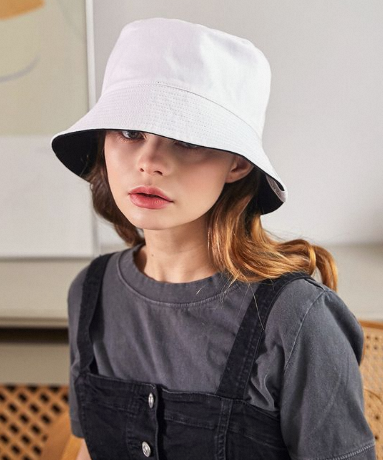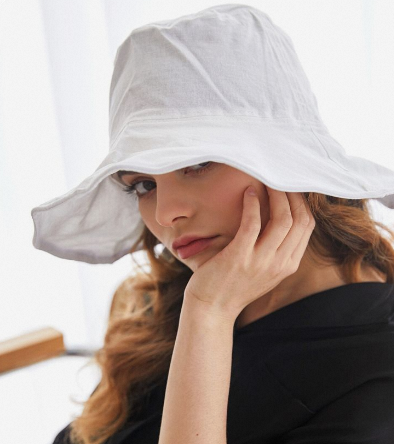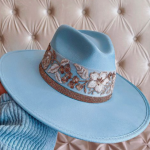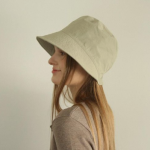The Vietnam hat, also known as the non la or conical hat, is a timeless symbol of Vietnamese culture. For centuries, these unique hats have provided both practical and stylish protection from the sun’s harsh rays for people in Vietnam and Southeast Asia. In recent years, Vietnam hats have become increasingly popular around the world, gracing the heads of fashionistas, travelers, and everyday people alike.
This comprehensive guide delves into the world of Vietnam hats, exploring their history, styles, benefits, and where to find the perfect hat for you. So, fasten your metaphorical seatbelt and get ready for a fascinating journey into the world of these iconic hats!
A History Steeped in Tradition: The Origins of the Vietnam Hat
The exact origin of the Vietnam hat remains unclear, but archaeological evidence suggests that conical hats have been used in Southeast Asia for centuries. Early versions were likely made from palm leaves or other natural materials. Over time, the design evolved, with water buffalo horn rings and intricate weaving patterns becoming hallmarks of the craft.

The Vietnam hat played a crucial role in Vietnamese life. Farmers wore them to shield themselves from the sun while working in the fields. Street vendors used them for shade while selling their wares. The hat’s wide brim also offered protection from sudden downpours. Today, the Vietnam hat remains a cultural symbol of Vietnam, worn in rural areas and featured in traditional ceremonies.
A Symphony of Straw: Exploring Different Vietnam Hat Styles
Vietnam hats come in a variety of styles, each with its own unique characteristics:
-
Classic Non La: The quintessential Vietnam hat, the classic non la features a conical crown made from palm leaves or other natural materials. Water buffalo horn rings reinforce the brim, and intricate woven patterns may adorn the hat. These hats are typically lightweight and breathable, making them ideal for hot and humid climates.
-
Ao Dai Hats: These special hats are traditionally worn with the Ao Dai, a Vietnamese national dress. Ao Dai hats are often made of silk or other luxurious materials and feature more elaborate designs than classic non la. They may be adorned with embroidery, pearls, or other embellishments.
-
Leaf Hats: For a more rustic look, leaf hats are a great option. These hats are made from dried leaves, such as banana leaves or lotus leaves. They are lightweight and disposable, making them perfect for a day at the beach or a quick trip to the market.
-
Modern Takes: The Vietnam hat has also inspired modern interpretations. Designers have experimented with different materials, colors, and embellishments, creating Vietnam hat-inspired styles that are both fashionable and functional.
Beyond Sun Protection: The Benefits of Wearing a Vietnam Hat
Vietnam hats offer more than just a stylish way to shade yourself from the sun. Here are some key benefits to consider:
-
Sun Protection: The wide brim of a Vietnam hat provides excellent sun protection for your face, neck, and shoulders. This is especially important for travelers visiting Vietnam or other sunny destinations.
-
Breathable Comfort: Natural materials like palm leaves and bamboo allow for air circulation, keeping your head cool and comfortable on hot days.

-
Cultural Connection: Wearing a Vietnam hat is a great way to connect with Vietnamese culture and traditions. It shows respect for the local way of life and can be a conversation starter with friendly locals.
-
Stylish Statement: Vietnam hats are not only practical but also stylish. The unique conical shape and intricate designs add a touch of flair to any outfit. From classic styles to modern interpretations, there’s a Vietnam hat to suit every taste.
-
Versatility: Vietnam hats can be dressed up or down depending on the occasion. Pair a classic non la with a casual outfit for a relaxed look, or choose a more elaborate Ao Dai hat for a special event.
Finding Your Perfect Fit: Selecting a Vietnam Hat
With so many Vietnam hat styles to choose from, you might be wondering where to start. Here are some key considerations to help you find the perfect hat:
-
Material Matters: Vietnam hats are traditionally made from natural materials like palm leaves, water buffalo horn, and bamboo. These materials are breathable, lightweight, and eco-friendly. However, some modern hats are made from synthetic materials like nylon or polyester. These hats may be more durable but less breathable.
-
Size It Up: Vietnam hats typically come in one size fits most. They feature a conical crown that sits comfortably on your head without completely enclosing it. Some hats may have an adjustable strap for a more customized fit.
-
Style Sense: Consider the occasion and your personal style. For everyday wear, a classic non la is a great choice. If you’re looking for something more formal, an Ao Dai hat might be a better option. Leaf hats are perfect for a beach trip, while modern takes on the Vietnam hat offer a fashion-forward twist.
-
Ethical Shopping: When purchasing a Vietnam hat, consider supporting local artisans. Look for hats made in Vietnam from sustainable materials. This ensures you’re getting a high-quality product while also supporting the local economy and traditional crafts.
Beyond the Marketplace: Making Your Own Hat
Feeling crafty? You can even try making your own Vietnam hat! While the traditional weaving technique takes time and skill to master, there are simpler methods you can try at home. Here are some ideas:
-
DIY Paper Hat: This is a great option for kids or a fun family activity. Use colorful construction paper or craft paper to create a cone-shaped hat and decorate it with paint, markers, or stickers.
-
Leaf Hat Project: If you have access to large leaves, such as banana leaves, you can create a simple leaf hat. Dry the leaves and carefully sew or staple them together to form a cone shape. Attach a string or ribbon for a finishing touch.
-
Upcycled Materials: Get creative and use recycled materials to make your own Vietnam hat-inspired headwear. For example, you could use plastic grocery bags or fabric scraps to weave a unique and eco-friendly hat.
Caring for Your Hat: Keeping Your Headwear Looking Top Notch
With proper care, your Vietnam hat can last for years to come. Here are some tips for keeping your hat looking its best:

-
Spot Cleaning is Key: For minor dirt or stains, use a damp cloth and a mild detergent to gently clean the affected area. Avoid scrubbing aggressively, as this can damage the natural fibers. Allow the hat to air dry completely before storing it.
-
Sun Smarts: While Vietnam hats offer sun protection, prolonged sun exposure can fade the colors over time. When not in use, store your hat in a cool, dry place out of direct sunlight.
-
Natural Bending: If your hat arrives slightly bent or misshapen, you can gently reshape it by hand. Be careful not to over-bend the hat, as this could damage the materials. You can also try lightly steaming the hat to help it regain its shape.
-
Store it Right: Don’t crush or fold your Vietnam hat for storage. This can cause permanent creases or damage the brim. Ideally, store your hat on a hat stand or stuff it with tissue paper to maintain its shape.
Embrace the Culture, Embrace the Style: The Final Straw
Vietnam hats are more than just sun protection; they’re a symbol of Vietnamese culture, craftsmanship, and timeless style. Whether you’re looking for a practical way to shield yourself from the sun, a unique fashion statement, or a way to connect with Vietnamese traditions, a Vietnam hat is a versatile and stylish choice. So, why not embrace the culture and embrace the style? Find your perfect Vietnam hat today and embark on your own adventure with this iconic piece of headwear!


